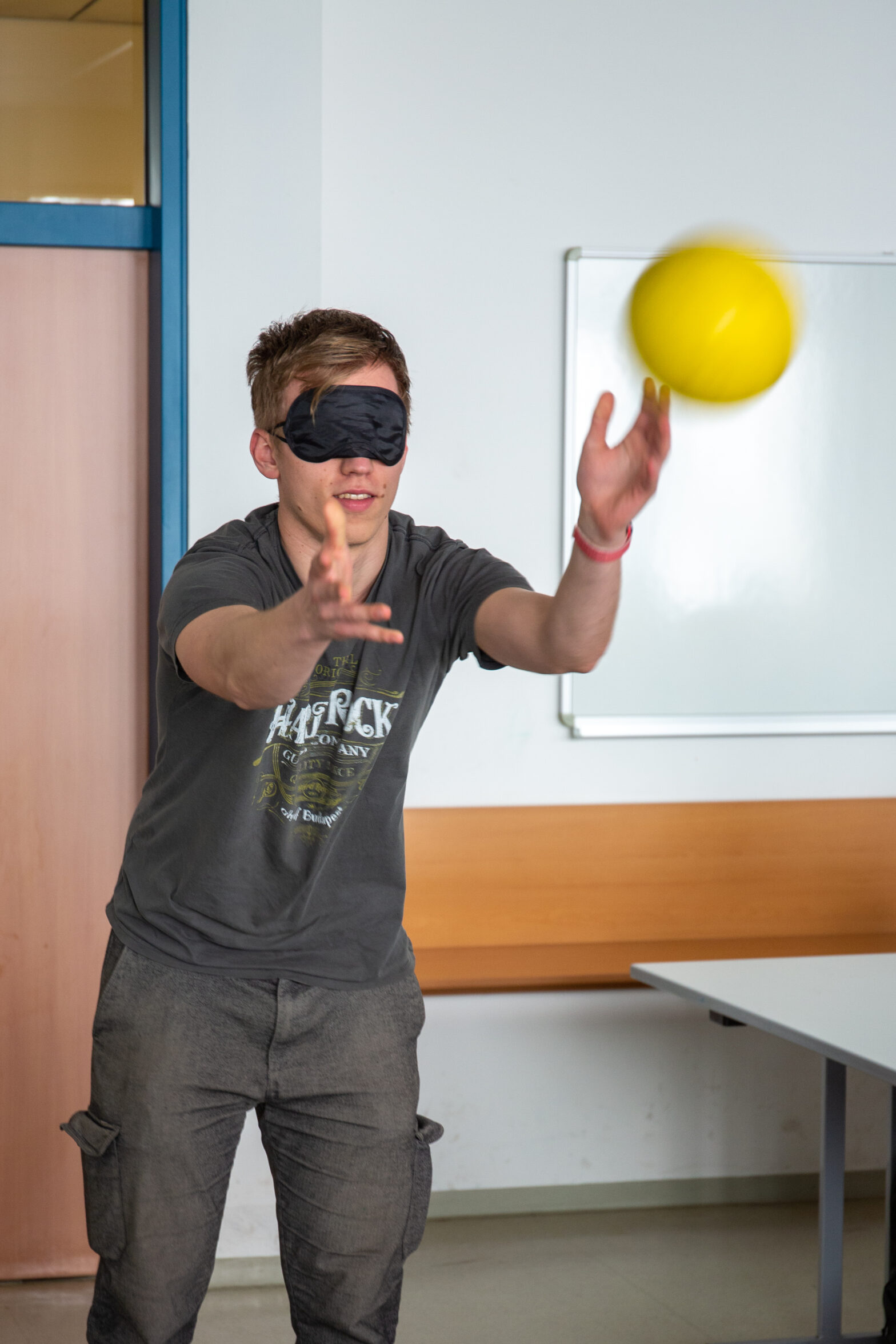Regular exercise can benefit physical and mental health. In addition, exercise and sport are associated with increased life satisfaction. Accordingly, everyone should be able to participate in exercise and sport, for which the subject of exercise and sport is responsible in schools.
However, physical education and physical education is often perceived as a field with particularly diverse barriers to participation. Pupils with disabilities often feel that they don’t belong, show little range of motion and delays in the area of movement development. The group of pupils with blindness and visual impairments is particularly affected. Frustration and disappointment are often reported here. This has gone so far that blind and partially sighted students as adults see physical education classes as a missed opportunity for physical activity and are less active as a result. However, modern technical systems can help to break down barriers to participation by facilitating the absorption and communication of information. This can make it possible for those affected to practice forms of exercise or sports that would otherwise remain closed to them. It is important for the acceptance and sustainable use of technical support that the target group is closely involved in the development process and that the systems are based on their everyday reality and their needs.

Smart Sport Assistance aims to break down these barriers to participation as far as possible and to promote the activity of blind and visually impaired children and young people. For this purpose, pupils with and without blindness and visual impairment will work together on the development of assistance systems using current technologies. The development process takes into account the “open innovation” principle, which provides for a constant exchange of information between all students (e.g. students without blindness and visual impairments research barriers to participation from the perspective of the disabled, students develop prototypes themselves and test them together in hands-on and try-out events). On the one hand, this ensures the greatest possible application orientation of the developed assistance systems, which is based on the needs of the students. On the other hand, this should also create sensitivity for blindness and visual impairment and the associated opportunities for movement among those who are not impaired. In this way, the ability to adopt perspectives is stimulated in all students. In addition, an “awareness box” with assistance systems and other materials will be developed, which can be used as part of teacher training. In addition, freely accessible construction instructions for the developed assistance systems are to be created.

Leave a Reply